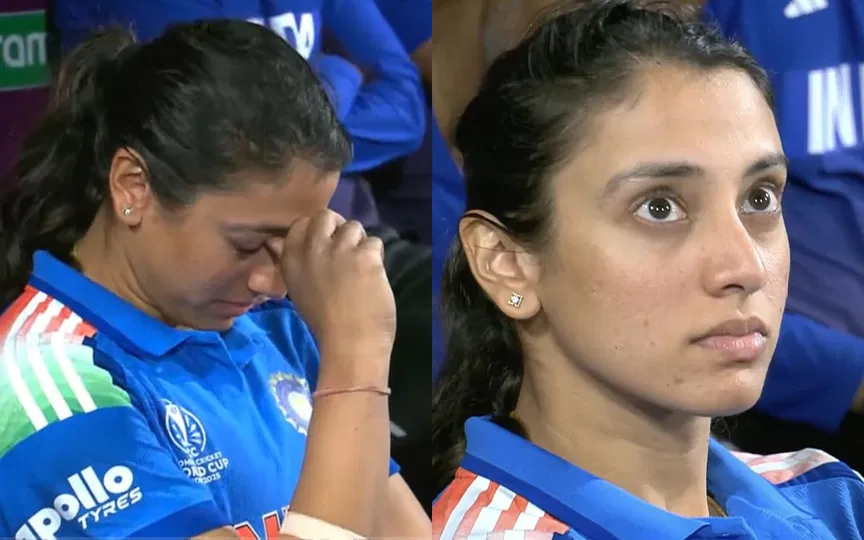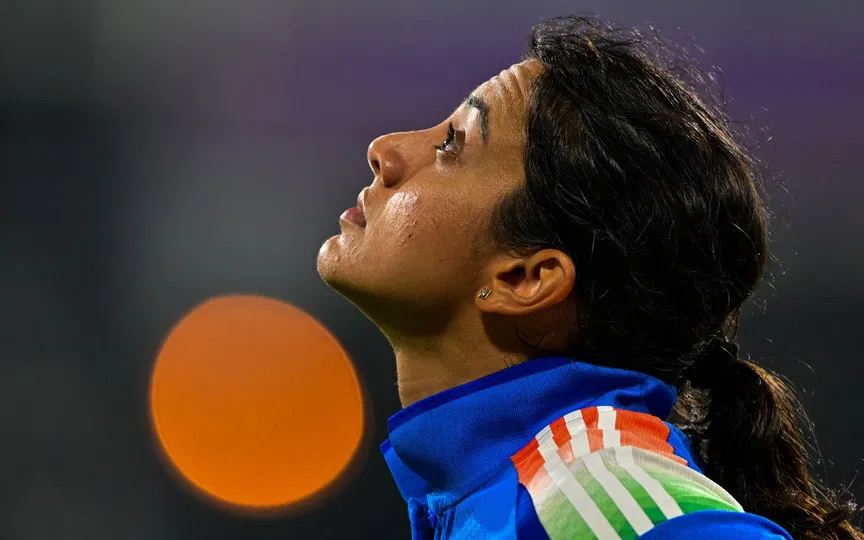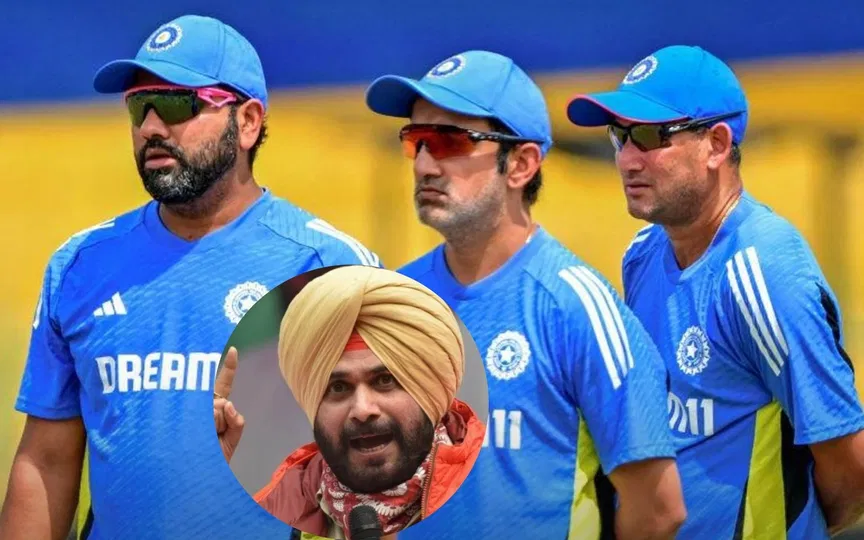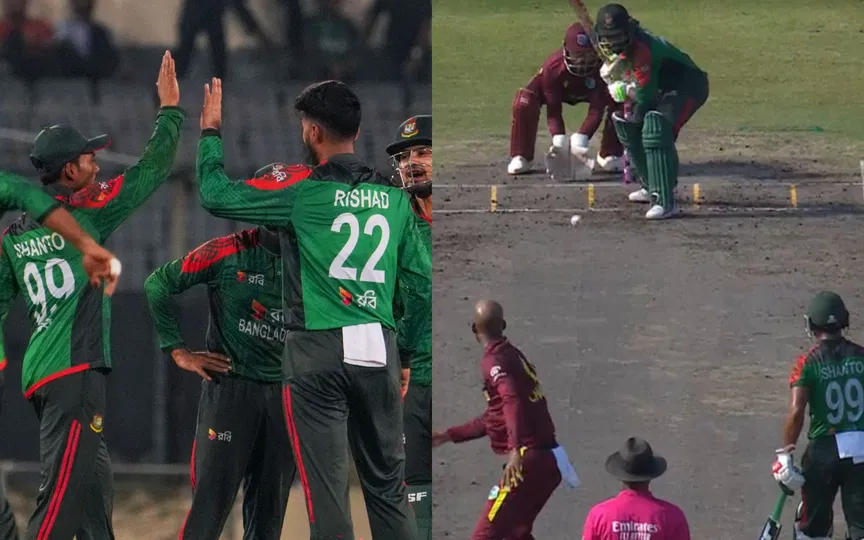![Smriti Mandhana. [Source - AFP Photos]](https://onecricketnews.akamaized.net/parth-editor/oc-dashboard/news-images-prod/1760956596322_smriti_mandhana(1).jpg?type=hq) Smriti Mandhana. [Source - AFP Photos]
Smriti Mandhana. [Source - AFP Photos]
They dominate phases, control the game, and look destined to win until the finish line appears. Indian women’s cricket continues to script the same old story that is one of promise, dominance for most parts, and heartbreak at the end.
The loss against England in Indore on Sunday once again exposed the team’s chronic weakness, the inability to finish what they start so well. Matches slip away not for lack of skill but for faltering under pressure. Key moments expose hesitation, poor shot selection, or shaky decision-making on the field.
Time and again, the team shows promise but struggles to convert dominance into victory, leaving fans frustrated. Indian women’s cricket came into the spotlight about a decade ago, but it has been a long, patient journey for fans witnessing the highs and heartbreaks alike.
Déjà Vu of 2017: When glory slipped away
![India Women in control in CWC17 Final. [Source - @bhaleraosarang/x.com]](https://onecricketnews.akamaized.net/parth-editor/oc-dashboard/news-images-prod/1760954923970_WCFinal2017.jpg?type=mq) India Women in control in CWC17 Final. [Source - @bhaleraosarang/x.com]
India Women in control in CWC17 Final. [Source - @bhaleraosarang/x.com]
Every discussion about India’s failure to close out matches inevitably returns to that fateful day at Lord’s in 2017. Chasing 229 for a maiden World Cup title, India were cruising at 191 for 3, needing just 38 runs from more than 7 overs with seven wickets in hand. But what followed was a collapse that still hurts, losing seven wickets for 28 runs and handing England the title on a platter.
That tournament was undoubtedly a breakthrough period for women’s cricket in the country, but the defeat in the final was more than just a lost match. It set a pattern where India could dominate top sides, play with flair and aggression, yet falter when it comes to get over the line.
The Indore repeat: Same mistakes, different stage
Fast forward to Women's World Cup 2025, and the ghosts of 2017 reappeared in familiar fashion. After restricting England to a below-par total on a good batting surface in Indore, India were in control, with Smriti Mandhana and Harmanpreet Kaur keeping things steady in the chase. The middle overs were handled with maturity, and at one stage, it felt like a comfortable chase.
But once again, panic took over when the equation narrowed and the set batters faded. Poor shot selection, lack of game awareness, and visible nervousness saw India give the game away from a winning position to a disappointing defeat.
What makes this loss even more frustrating is that it mirrors countless recent collapses this decade and the inability to capitalize on dominance, whether with the bat, ball, or even in the field. Whether in high-stakes matches against Australia, the Commonwealth Games final, or recent World Cup games against South Africa and Australia, the pattern remains unchanged.
A mental battle more than a technical one
India’s units possess world-class talent. But when it comes to take it over the line, the team seems to lose composure under pressure. It is not just about skills anymore, it is about belief, calmness, and the ability to absorb pressure in the final stages of a game.
Bowling plans often crumble in crunch moments, and poor fielding just makes it worse, turning promising positions into collapses. Until India develops a finisher’s mindset, players who relish crunch moments instead of fearing them, these repeated failures will persist. The team needs to address this psychological fragility as urgently as they do technique, fitness, or strategy.
Time to break the cycle
Looking at the bigger picture, the journey of women’s cricket in India has been marked by remarkable progress. Stadiums are increasingly filled with passionate fans, world-class training facilities are now widely accessible, and the domestic structure has grown stronger and more competitive.
Most importantly, the emergence of the Women’s Premier League has given players exposure, high-quality competition, and a professional platform that promises to shape the future of the game.
Yet, a game of this magnitude, crucial for semi-final qualification scenario in a home World Cup, should have been a statement, but once again India faltered despite being in control. Eight years after Lord’s, Indian women’s cricket still stands at a crossroads. They are talented enough to win, yet not ruthless enough to finish. The time to learn from history has long passed. Now, it is about rewriting it.




.jpg?type=mq)

